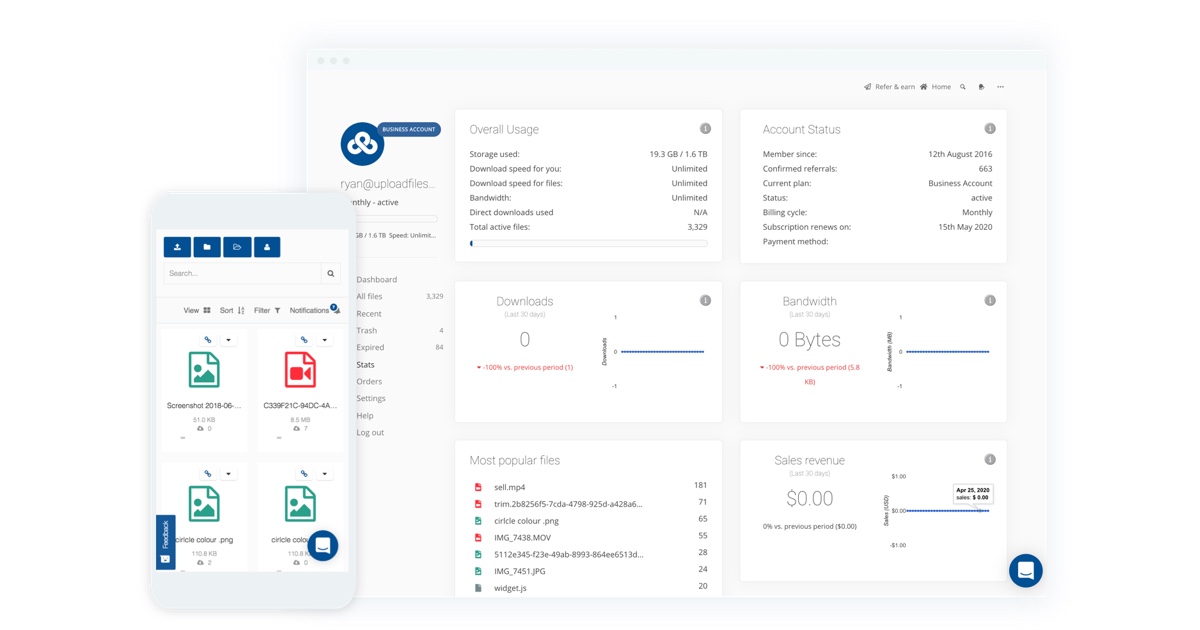On a similar note, just thought I'd ask, but does Hytera XPT work the same way (or similar) to Capacity Plus? The little bit of information I've been able to scrap together in the past seems to suggest as much, but maybe I was mistaken. Also, does anybody happen to have a sample wav file of an XPT system? The best I have is a random Hytera wav file that DSD+ suggests has 'XPT comm end' on it, but looks just like normal TLC to me, just with a Hytera MFID on it.
Code:
10:29:03 Sync: +DMR [slot1] slot2 | Color Code=06 | TLC
SLOT 1 TGT=51937 SRC=5422198 FLCO=0x00 FID=0x68 SVC=0x40 Group Encrypted Call
DMR PDU Payload [00][68][40][00][CA][E1][52][BC][76][FC][48][71]
+DMR slot1 BS DATA DCC=6 TLC XPT CommEnd Tgt=51937 Src=48246
The abbreviated SRC could indicate it would work in a similar manner to Cap+, but also could be erroneous, or similar.
All the SLC have CRC errors as well, I may dig into that and see if there is anything of merit. Could just be a bad sample Hytera samples I have to work with.
Edit: I also should note, the sample that the above info was pulled from has zero CSBK or MBC blocks, just idle, or call information.



